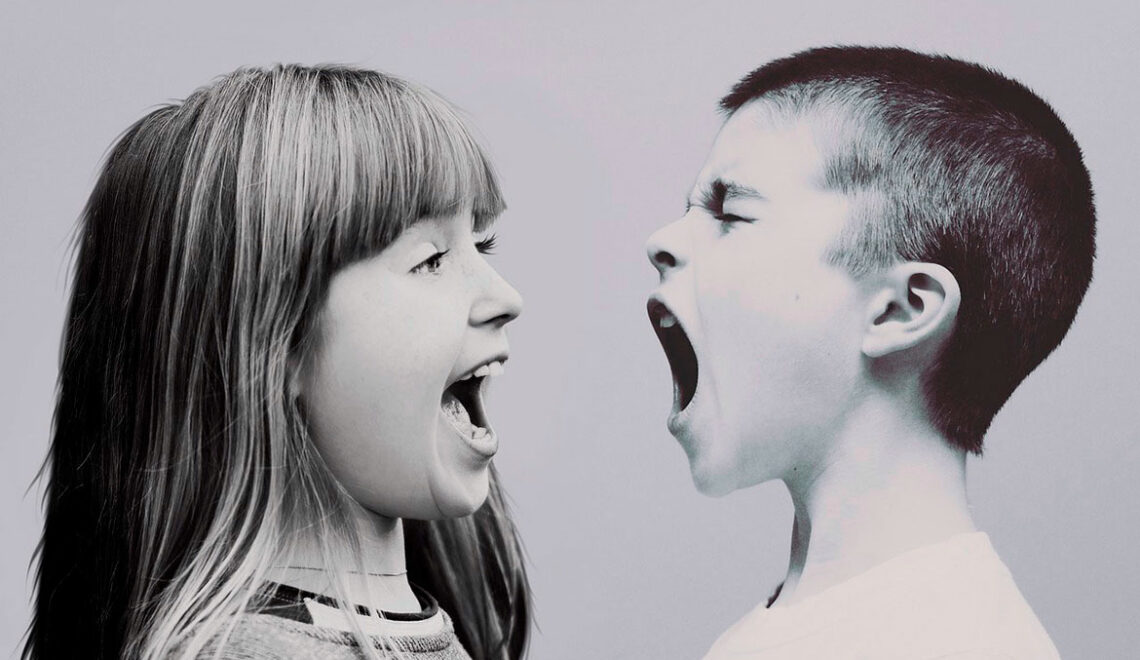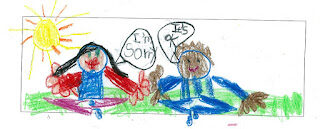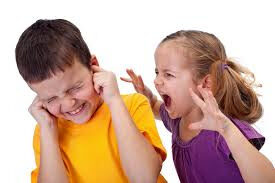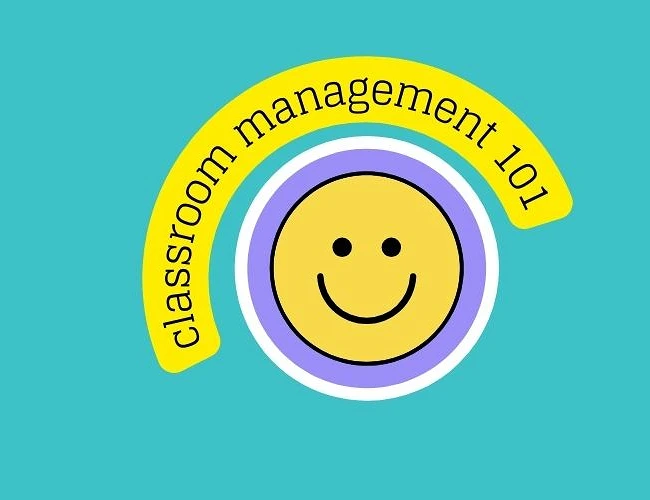
Here's Why Conflict Resolution Is Worth Your Time & 6 Steps to Make It Meaningful!
Two wrongs don’t make a right. An eye for an eye. I remember hearing that so much as a child but it never made any sense to me. As a child when someone hurt me I wanted to hurt them back. That seems right… not wrong. As a classroom teacher and mom of three elementary kids resolving conflicts is an ongoing task, one that is part of my “daily agenda”.
I’ve learned painfully that conflict resolution can not and should not be avoided. Conflict resolution is not just a way to resolve a conflict between children but more importantly teach an important skill that children need to learn and teachers need to explicitly teach. Dismissing a child’s behavior to a time out or removal of privileged often does more harm than good because their feelings are never heard, and children might not understand what they did wrong.
When children engage in conflicts with one another, similarly to adults it is often due to a break down in communication in which one person perceives another persons actions adversely. This can result in further conflict, hostile behavior and aggressive actions.
Teachers who simply look at a situation separate from the child’s feelings and perspective can do more damage than good and they are more likely to see the behavior repeated again.
Conflict resolution is time consuming, it will require you to stop what you are doing, analyze the situation and come up with a plan to address student behavior. However like any classroom routine over time it becomes embedded in your practice. The key is to plan out step-by-step your approach to conflict resolution.
Here are my steps for addressing conflicts in the classroom:
- Give kids time to process. Have them write, draw, or express their feelings in a way that allows them to think about what happened without judgment.
- Bring both students together for time to listen and express what happened. Each student shares their perspective without comments. The other student is required to listen and restate three things they hear the other student say then switch roles.
- Summarize what you hear as the main concerns of both students. For example you would say “What I hear you saying is…”
- Discuss with both students positive strategies to resolve their conflict and what they could have done to resolve their conflict. This step helps promote metacognition and reflective thinking.
- Emphasize the positive qualities in each other and focus on areas of growth. Have students share one thing they admire about the other student and one thing they can do to improve their interactions with him/her.
- Have students participate in class activities that support social emotional growth and management. Teacher Vision has whole group activities that can promote positive expression of feelings in your classroom.

Teachers should also be aware of their own body language during conflict resolution. Be sure you are approachable by:
- Listen without criticism.
- Check your body language by making eye contact, getting at kids levels and not crossing your arms or pointing your finger.
- Speak slowly, clearly and use a gentle tone.
Please share your best practice for conflict resolution in your classroom. Are there variations you might try with older and younger children?
Join our conversation on the Facebook Group Teacher Prep Tech and if you are a math enthusiast join us on Making Math Connections






